Does the second-coming of HP's Reverb VR system bring Windows Mixed Reality back into focus?
I've had the Reverb G2 plugged into my PC for about a month, ever since I did a hands-on preview of it coming out of the box. Those first impressions of the surface hardware were positive; it was and remains clear that HP benefited from its collaboration with Valve, creator of the mighty Index.
The original HP Reverb was a solid effort, though ultimately, it was focused on professional environments and was soon overshadowed by more modern VR systems. It was also cursed with poor tracking and Windows Mixed Reality controllers, the weakest of all the best PC-based VR headsets.
In a VR ecosystem inhabited by the Facebook-tarnished Oculus Quest 2, the expensive Valve Index, and the well-rounded Vive Cosmos, where does the Reverb G2 fit in? Here's what you need to know before you drop $600 on this sharp new VR system.
HP Reverb G2
Bottom line: The Reverb G2 boasts the clearest visuals I've experienced in VR, with an audio system that significantly adds to the overall package. The headset is lightweight and comfortable to wear for long periods, with a tight enough fit that there's no outside light bleed. It's just a shame the controllers can't keep up with the headset.
Pros
- Spectacular visual experience
- Robust audio system
- Comfortable, tight fit without light bleed
- Stock cable measures 20 feet (6 meters)
- Full compatibility with SteamVR and its libraries
Cons
- No touch-capacitive sensors on controllers
- Motion tracking could be better
- No big changes to Mixed Reality Portal
- FOV could be wider
High-end specs
HP Reverb G2 at a glance
The HP Reverb G2 belongs to the Windows Mixed Reality (WMR) family, a platform created by Microsoft with a vision of holographic computing that includes the HoloLens and HoloLens 2. The platform also includes the Mixed Reality Portal, Microsoft's software that acts as a basecamp for anyone who dons a WMR headset.
At launch, WMR included several basic headsets from manufacturers like Dell, ASUS, Acer, HP, and Lenovo, with higher-end models from Samsung's Odyssey lineup coming later and clearly creating some distance between the original units. HP stepped up its game last year with the first Reverb, a headset that was mainly intended for development and professional work.
Since then, WMR remained mostly quiet while high-end VR systems like the Valve Index and HTC Vive Cosmos were launched. Let's examine how the HP Reverb G2 measures up against the other top PC-based VR systems (and the original Reverb).
| Category | HP Reverb G2 | HP Reverb | Valve Index | HTC Vive Cosmos |
|---|---|---|---|---|
| Display | Dual 2.89-inch LCD | Dual 2.89-inch LCD | Dual LCD | Dual 3.4-inch LCD |
| Resolution | 2160x2160 per eye 4320x2160 combined |
2160x2160 per eye 4320x2160 combined |
1440x1600 per eye 2880x1600 combined |
1440x1700 per eye 2880x1700 combined |
| Subpixels | RGB | RGB | RGB | RGB |
| IPD | Manual | Software | Manual | Manual |
| Refresh rate | 90Hz | 90Hz | Up to 144Hz | 90 Hz |
| Tracking | Internal Four cameras |
Internal Two cameras |
External Lighthouse 2.0 |
Internal Six cameras |
| Connection | Wired | Wired | Wired | Wired | Wired |
| Weight | 1.1 pounds (0.5kg) | 1.1 pounds (0.5kg) | 1.79 pounds (0.82kg) | 1.5 pounds (0.67kg) |
The boosted resolution of the HP Reverb G2 means it will require some modern PC hardware, but there are two modes — full resolution and half resolution — you can run for the best results. No matter what, for a processor (CPU) HP recommends at least a modern Intel Core i5 or AMD Ryzen 5. That's a Xeon E3-1240 v5 or better for those on the workstation side. To complement, at least 8GB of RAM is recommended.
To run at full resolution, optimal results are going to come from the best graphics card options available now. However, you can go as low as NVIDIA's GTX 1080 or AMD's RX 5700 on the consumer side and NVIDIA's Quadro P5200 on the workstation side.
As for half resolution, HP says you can run as low as an NVIDIA GTX 1060 or AMD RX 580 on the consumer side and an NVIDIA Quadro P3200 on the workstation side. For this review, the Reverb G2 is connected to a PC with AMD Ryzen 7 5800X CPU, NVIDIA RTX 2070 Super GPU, and 16GB of DDR4 RAM. That should be enough to get a high-end experience no matter what.
Lightweight and balanced
HP Reverb G2 Hardware
The Reverb G2 hasn't just seen lens and audio improvements compared to the original Reverb. The G2 has done away with the fabric front for a more serious look, and it has added two extra tracking cameras on the sides of the display box. The headband has seen a bit of a redesign, notably adding the ability for the display to flip up — allowing you to get a quick peek at your surroundings without using the built-in "Flashlight" function or messing up the headband's fit — and adding a whole lot more padding for the back of your head.
It all snugs up with two Velcro straps on the side and one on the top. I had no issues fitting my rather large noggin into the headset, with plenty of room to spare if needed. Perhaps even better is the ability for my prescription frames to comfortably fit inside, seemingly without the risk of scratching the new lenses. This will no doubt depend on the size of your frames. There's now more padding around the face gasket, and all foam is the same antimicrobial stuff as you find on the Index. The gasket is magnetized and removable, and I hope HP eventually offers some sort of replacements. These things get grimed up despite best efforts.
I love how light and balanced the Reverb G2 is when secured. It's considerably lighter than both the Index and Vive Cosmos, which is particularly important when it comes to hardware that's strapped to your face. It tends to stay put even when moving more than usual. That's likely because you can really snug up the straps without discomfort, all thanks to the thicker foam. And even with a standard fit, there's absolutely no light bleed from outside. The nose gasket and foam do a great job of keeping your view pure.
Audio still comes from built-in hardware along the headband, but the G2 has had help from Valve this time around. These are immediately familiar if you've tried an Index. Rather than headphones, I'd class these as speakers that sit about 10mm away from your ears. They can fold back to be out of the way, they adjust up and down for ear height, and they can be completely removed without harming the integrity of the headband. If you are going with an outside audio solution, do note that the headset has no 3.5mm audio jack. It's Bluetooth or bust here.
One of the main things a lot of VR users do for room-scale fun is to add extra cables to increase tether length. That might not be as much of an issue here for a lot of people (myself included), as the Reverb G2 has a stock 20-foot (6 meter) cable. At the five-meter mark is a power box that requires an external power supply. An adapter is included with a long enough cable to not really harm the overall six-meter length.
The cable's ends are natively DisplayPort 1.3 and USB-C 3.0. Fret not if your PC doesn't include these ports. In the box with the G2 comes a USB-C to USB-A adapter and a DisplayPort to Mini DisplayPort adapter. The hardware and overall build quality are high-end, but what's the Reverb G2 like when the displays light up?
Wait, this is WMR?
HP Reverb G2 VR Experience
First and foremost, it must be said that the Reverb G2 delivers the best visual experience I've ever seen in VR. HP is using the same dual-display setup with the same resolution as in the first Reverb, so what gives? Part of the Valve collaboration includes new dual-element Fresnel lenses, similar but less complicated than those used in the Index. This means there are fewer artifacts mucking up your vision, but it also means a lesser field of view.
The Reverb G2 delivers the best visual experience I've ever seen in VR.
I've seen HP claim about a 114-degree FOV, but testing with the Real o Virtual SteamVR tool seems to have the G2's FOV pegged closer to about 90 degrees. That's significantly lower than other PC VR systems, and it's noticeable. There's no physical eye relief either, so you're pretty much stuck with whatever you can get from the headset's standard fit. Seeing the edges of the virtual world feels at times like you're looking through binoculars, but the picture is so clear it's mostly easy to ignore.
Coming from a significant amount of time in the Oculus Rift S, the Reverb G2's image quality is stunning. Most noticeable right off the hop is a lack of screen-door effect (SDE) to the point where you need to focus on the minutiae if you want to distinguish individual pixels. God rays are practically non-existent, even in games like Star Wars: Squadrons that have dark backdrops with bright forefront flashes.
LCD technology generally means less of a difference between dark and light compared to OLED, but the contrast here is actually pretty spot on. And mura effect, something that the first WMR headsets were notorious for, seems to be eradicated. No more feeling like you're looking through a haze in some scenes.
A 90Hz refresh rate and manual IPD adjustment should help nausea-prone users find a more comfortable fit.
The Reverb G2's maximum 90Hz refresh rate again isn't as impressive as Valve's Index, but it's in line with most of the industry. A low refresh rate generally translates to a sickening experience, more obvious if you're already prone to nausea while in VR. The high resolution here makes it harder for PC hardware to maintain a high refresh rate, so this feels like an OK compromise.
And whereas the Reverb relied on software to adjust interpupillary distance (IPD), the Reverb G2 now has a physical slider on the bottom of the headset. It adjusts between 60mm and 68mm, though you should have about 2mm of grace area on either end if you're outside of the initial range.
On the performance note, it's clear that HP isn't lying when it talks about system requirements. Gaming — with titles like Star Wars: Squadrons, Beat Saber, Skyrim VR, Pavlov VR, No Man's Sky — with settings cranked up was mostly smooth with some noticeable performance dips in particularly frenetic sequences. I can see where NVIDIA RTX 30-series or AMD RX 6000-series GPUs would make a difference at this resolution.
The speakers/headphones HP borrowed from Valve are excellent and indeed help boost the overall package. They sit off your ears and pump out clear spatial audio that gets as loud as is needed. You can have music or sound effects absolutely blaring, yet the magic of positional audio means anyone not wearing the headset hears just a faint noise. It also means you're not completely cut off from the outside world; others can still get your attention without coming into the range of your flailing arms and controllers.
The Reverb G2 still has a foot firmly placed in the professional world, which translates in my case to use as a virtual monitor. Years ago, there were plenty of "I worked a day inside my VR headset" impressions, and I, too, gave the older headsets a try to see how long I could go. Result? Not long.
However, with the drastically improved clarity and boosted resolution, looking at a desktop and a bunch of windows isn't nearly as taxing. I'm still not going to ditch my laptop, docking station, and monitors for the Reverb G2, but it's clear we're getting closer to a time when a virtual office is feasible.
The weak spot
HP Reverb G2 Controllers and Tracking
With the headset established as offering drool-worthy visuals and audio able to keep up, it's the controllers that will ultimately cement a VR system as great or not so great. Unfortunately for the Reverb G2, even with a significant overhaul to the WMR controllers, they're still not great.
Ergonomics have been improved, and these controllers are more comfortable to hold. The grip button is positioned well beneath the middle finger, and the trigger is also intuitively placed. The joystick is easily reached by the thumb, as are the two primary buttons and two menu buttons. The controllers are a mirror image of each other, each requiring two AA batteries for power. The fastening straps seem sturdy enough.
Where things really start to go wrong is when you compare the controllers with others on the market. With no capacitive touch function, you're not going to be pointing out enemies or giving the thumbs-up to friends anytime soon. This would be excusable if the tracking was better.
The Index relies on external sensors to see exactly what the Knuckles controllers are doing, and it ultimately results in the most precise tracking possible. The Vive Cosmos utilizes six built-in cameras for its motion and controller tracking, and even then, it can be spotty. So how does the Reverb G2 fare with four cameras?
Overall tracking is passable, but it's nowhere near perfect. This will be particularly evident for gamers who commonly move controllers above and behind the head. I tried No Man's Sky first, and the controllers seemed to do well even when grabbing a multi-tool from behind my back. Beat Saber began to show some issues when the action got particularly intense, but I was able to finish runs without too many problems. In Pavlov VR, where precision aiming is key, the G2's controllers did struggle. Buggy tracking seemed especially prevalent when aiming at something higher than me or with controllers held in tandem. One thing I must say is that the controllers didn't seem to struggle even when used in a brightly-lit room.
Big choices
HP Reverb G2 Competition
If you're shopping for a VR headset today, chances are you're going to come across the Valve Index, HTC Vive Cosmos, or Oculus Quest 2. Starting with Index vs. Reverb G2, you're going to get a lower-resolution display with a higher FOV and refresh rate. The Knuckles controllers are much more intuitive and have better tracking, making for overall more immersive VR. The problem here is that you're going to pay about $300 more for the full Index kit.
Moving on to the Vive Cosmos, it's a relatively well-rounded VR system that costs about $100 more than the Reverb G2. It has a couple of extra cameras for its controllers, though tracking still isn't perfect. Its controllers do, however, have a touch-capacitive function for some fingers. FOV and refresh rate are similar, though the display resolution isn't as high, and the overall picture isn't nearly as clear.
Finally, the Oculus Quest 2 is a good option if you're looking for budget VR that doesn't need a PC to run. It can work with a PC, but it also has everything it needs to be built right in. Its specs don't nearly match the high-end PC-based VR systems, but it's freeing and does have a ton of content available behind the Oculus Store's walls. Just keep in mind that you'll have Facebook breathing down your neck the whole time. They start at about $299 and climb from there depending on the storage size you want.
Do it for the display
Should you buy the HP Reverb G2?
Who it's for
- Anyone who wants an outstanding visual experience
- Anyone who doesn't want to spend big on an Index
- Anyone who is splitting time between professional and gaming worlds
- Anyone who has high-end PC hardware
Who it isn't for
- Anyone who wants high-end controllers and tracking
- Anyone who wants to go wireless
- Anyone with aging PC hardware
While WMR software has remained mostly unchanged (and frankly a bit dull), the HP Reverb G2 is a big step forward for WMR hardware. With full SteamVR compatibility without much effort on your part (just need to add a WMR add-on in Steam), you have access to an enormous library of VR content, both on the entertainment and professional side.
The Reverb G2 isn't the most immersive VR system on the market — that title still belongs to the Index and its accessories — but it does deliver the best visual experience. It's almost shocking coming from the Oculus Rift S how clear and crisp the picture is in the G2, whether you're gaming, browsing web pages, or viewing models in a 3D space. It's just a shame the controllers can't keep up, even with a redesign.
If you're searching for PC-based VR and don't want to shell out big money for the full Index setup, the Reverb G2 is undoubtedly going to be quite attractive. That remains true if you'd rather focus on higher visual fidelity at a lower price compared to the Vive Cosmos. Those who preordered the Reverb G2 before late September likely already have their hands on the headset, and you can preorder for the next batch right now through HP.
Quite A Look
HP Reverb G2
The Reverb G2 lacks the high-end controllers some other VR systems offer, but it does bring an astonishing visual fidelity that makes it much easier to forget you're wearing a display strapped to your face.

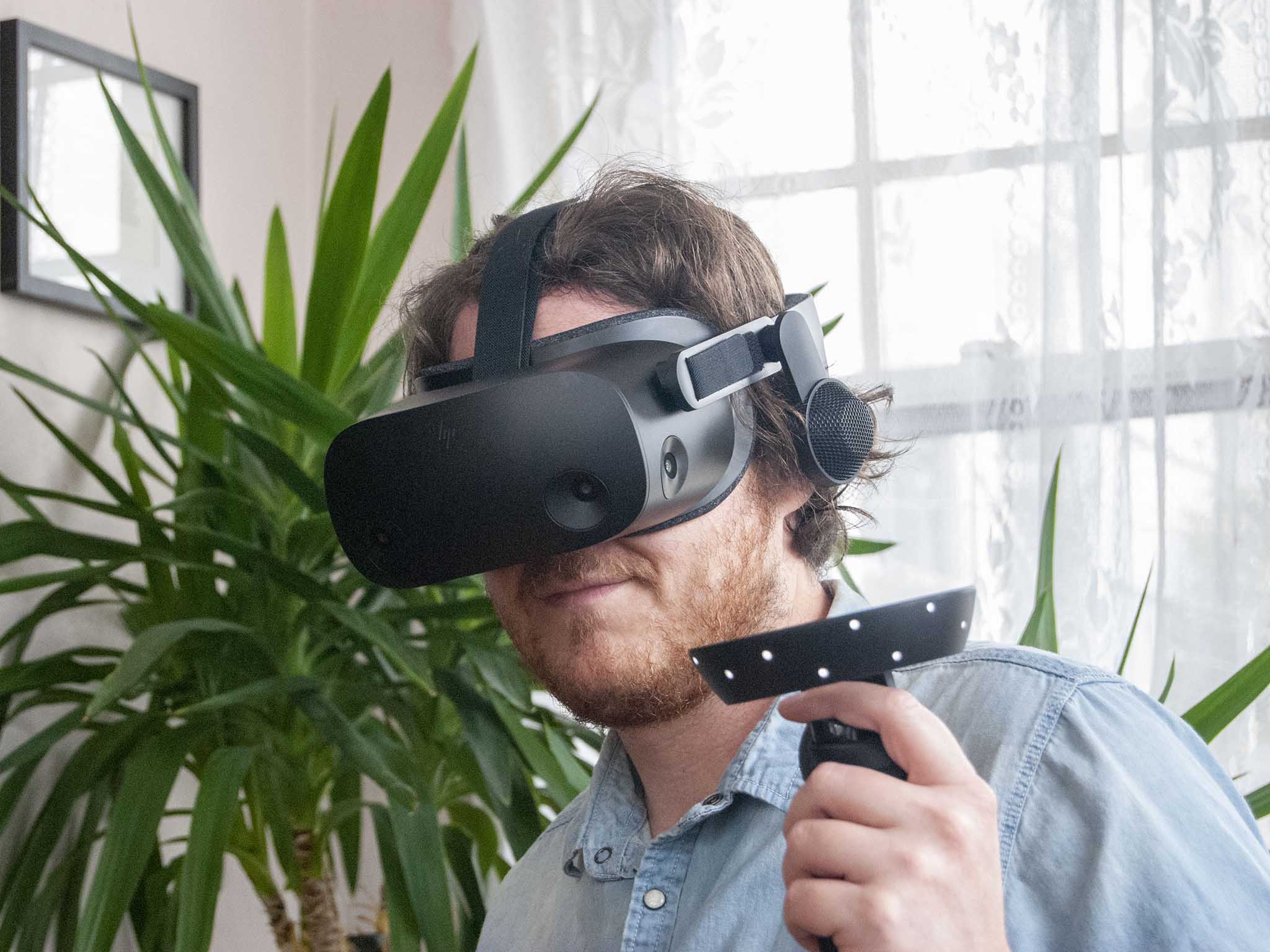

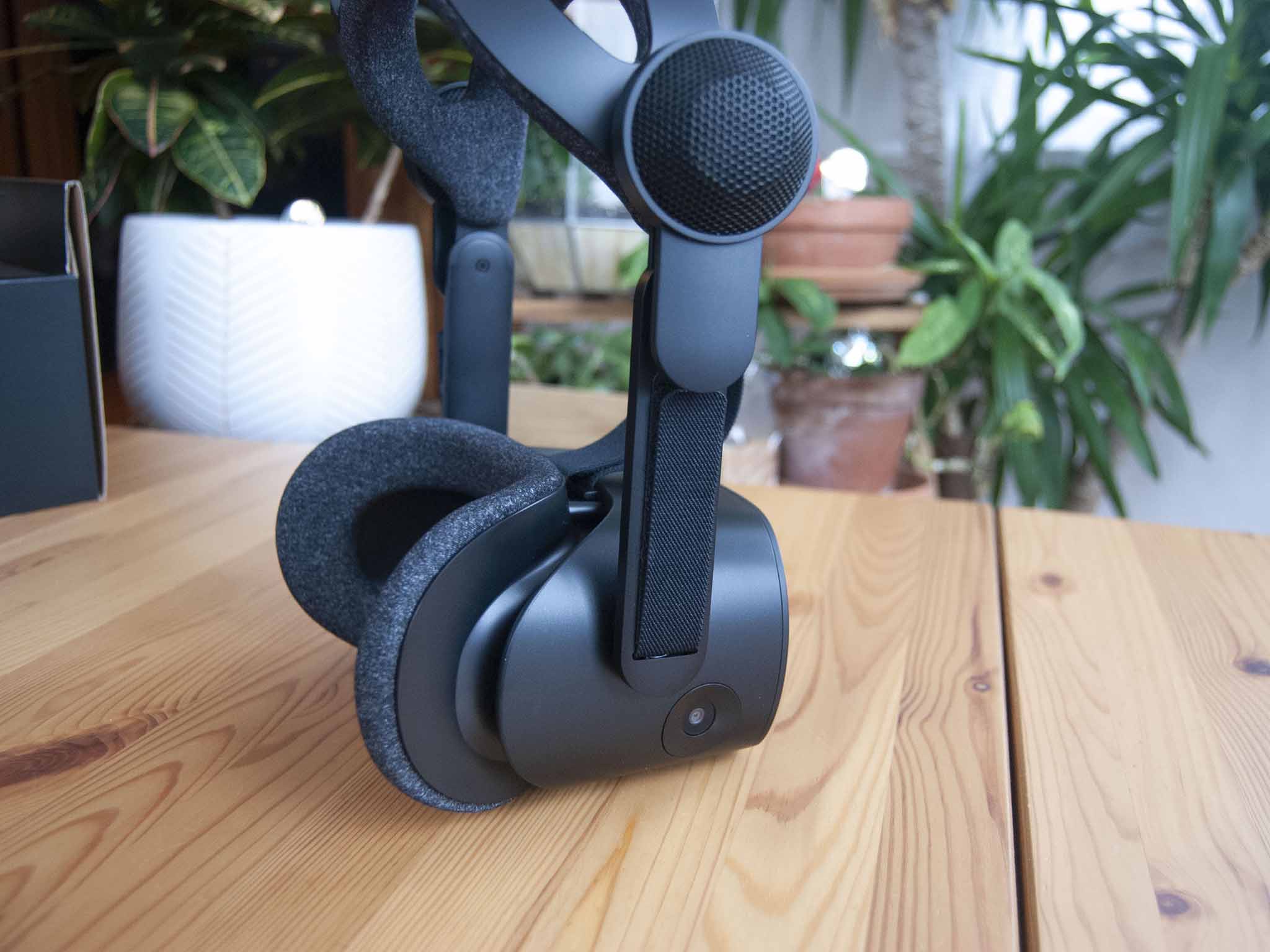
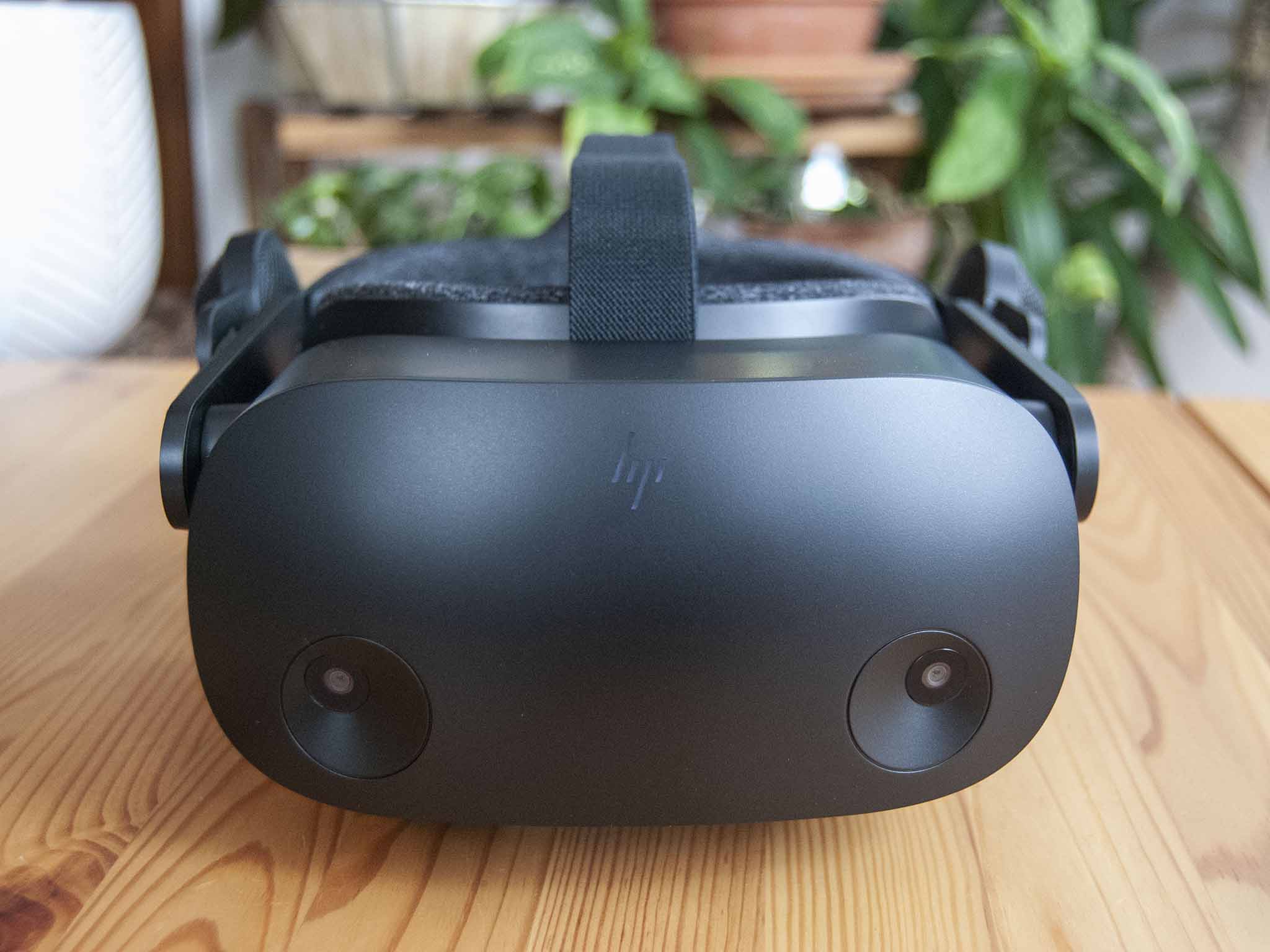
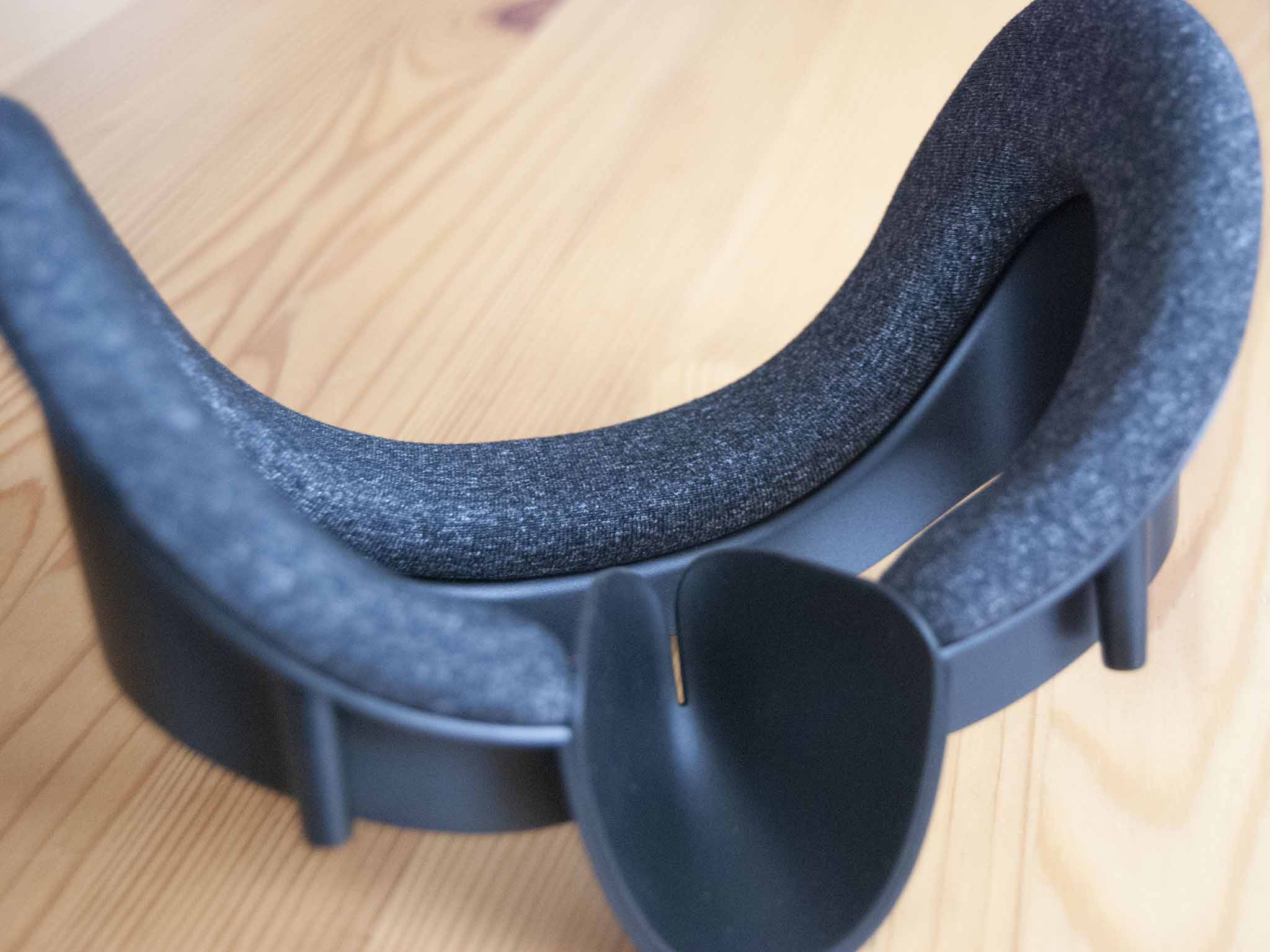
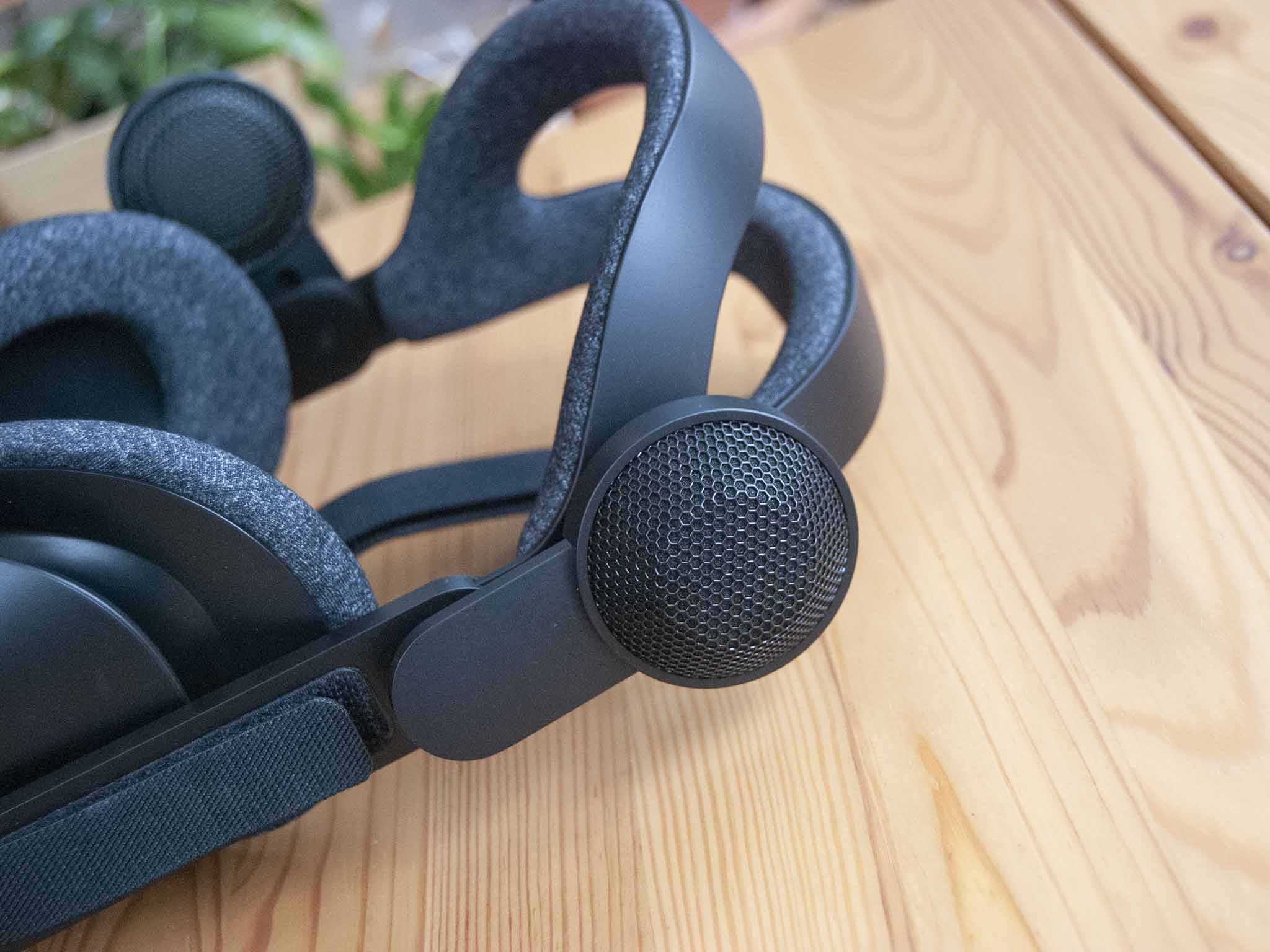
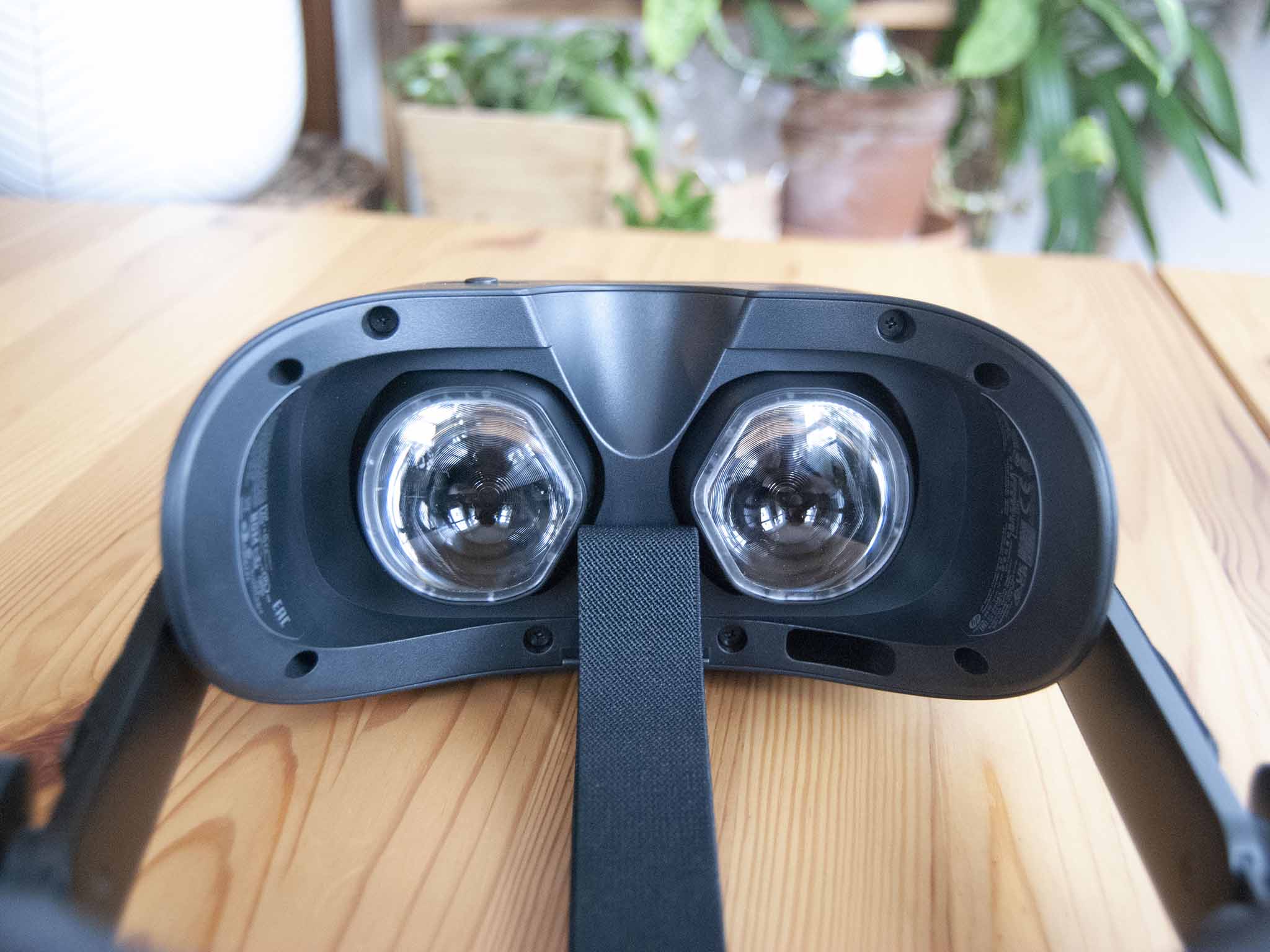
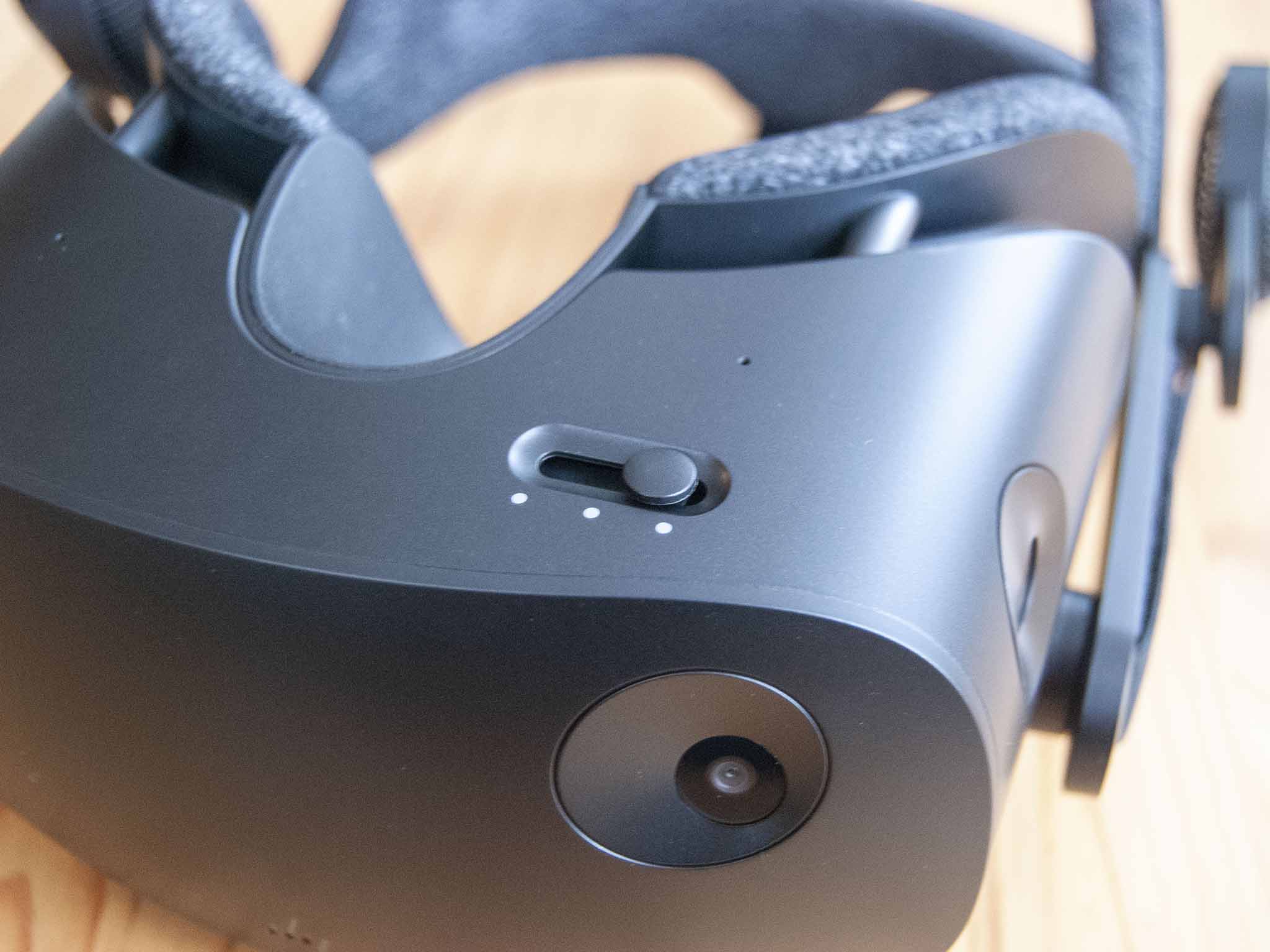
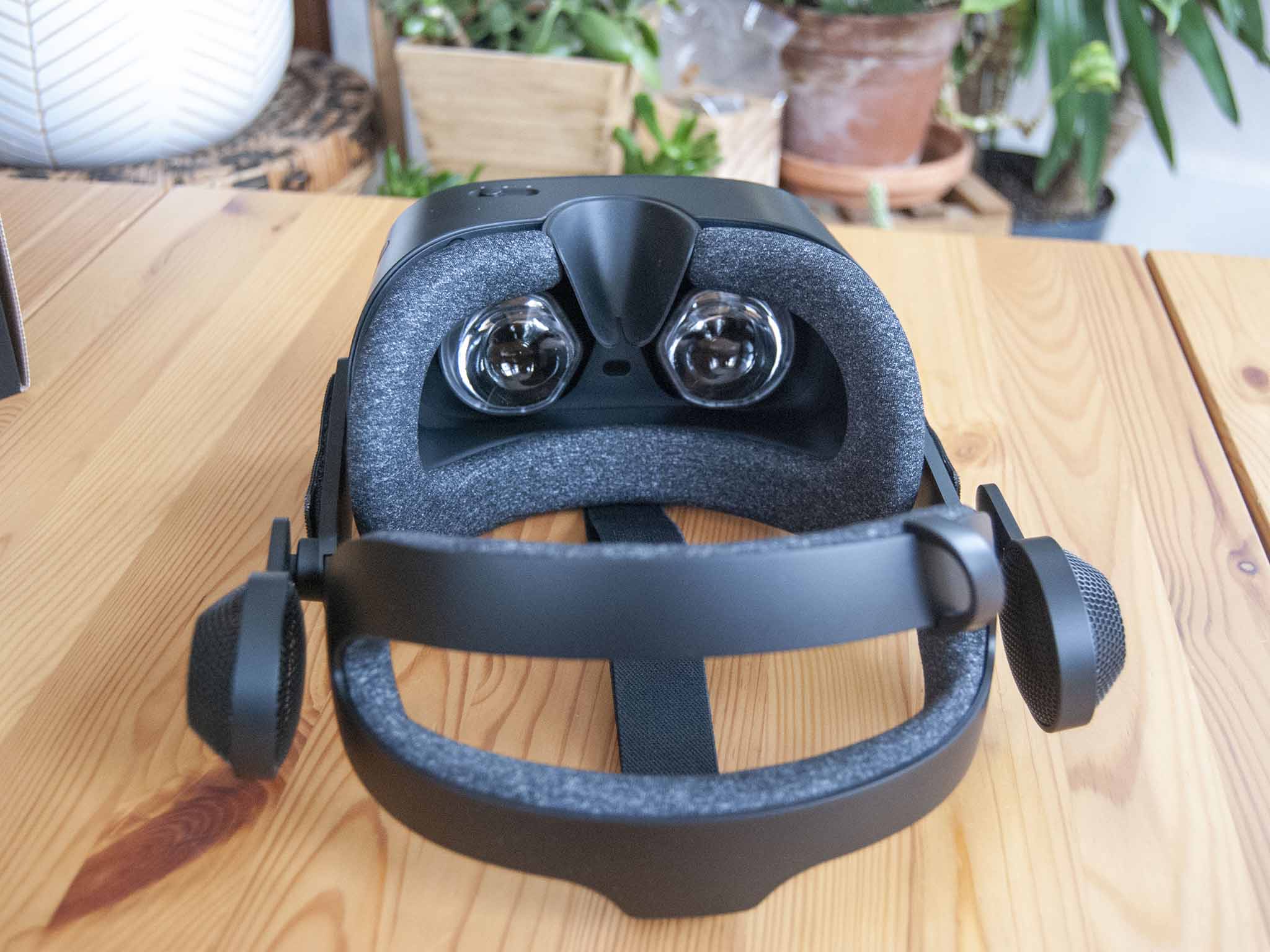

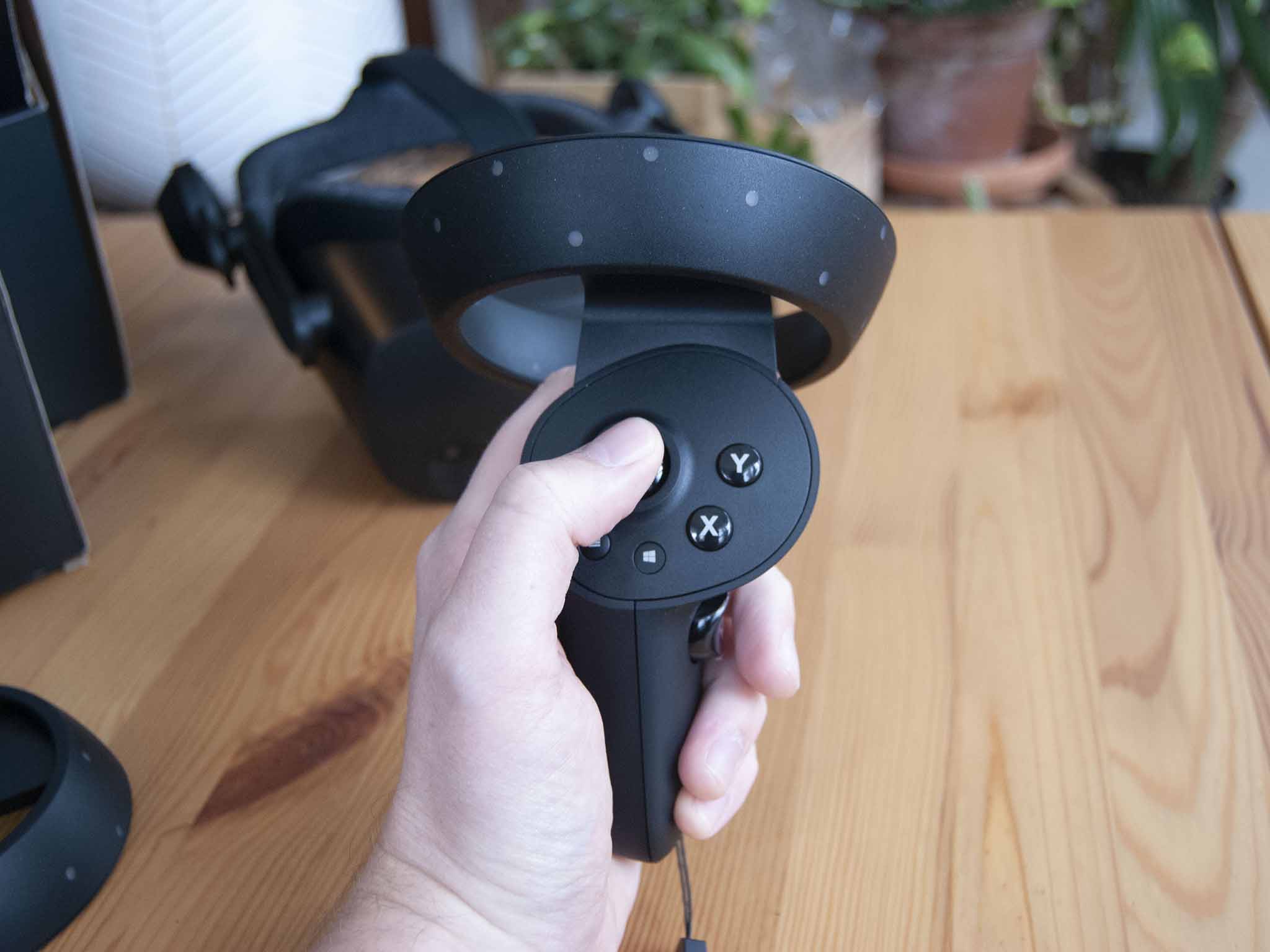

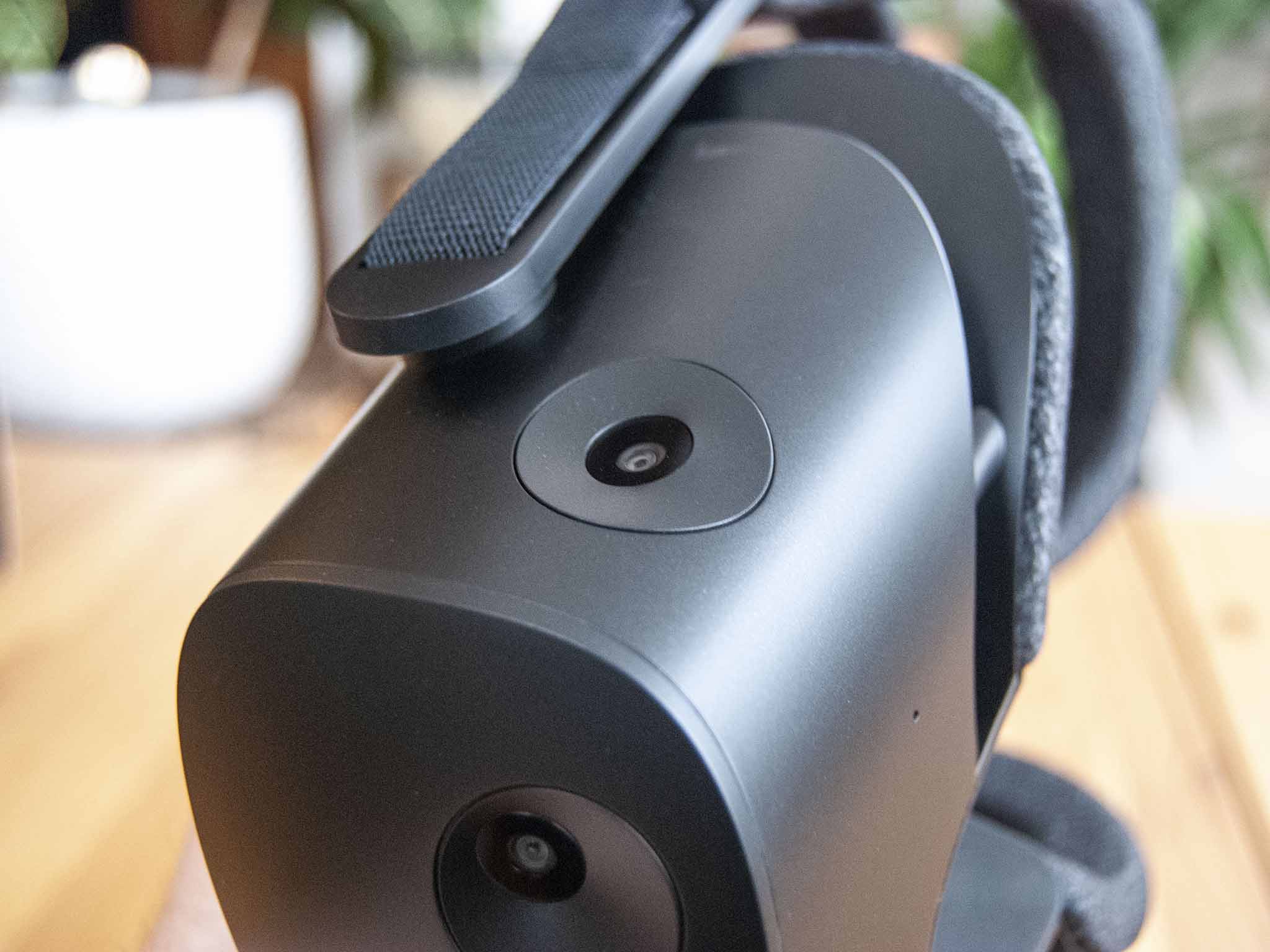




0 comments:
Post a Comment